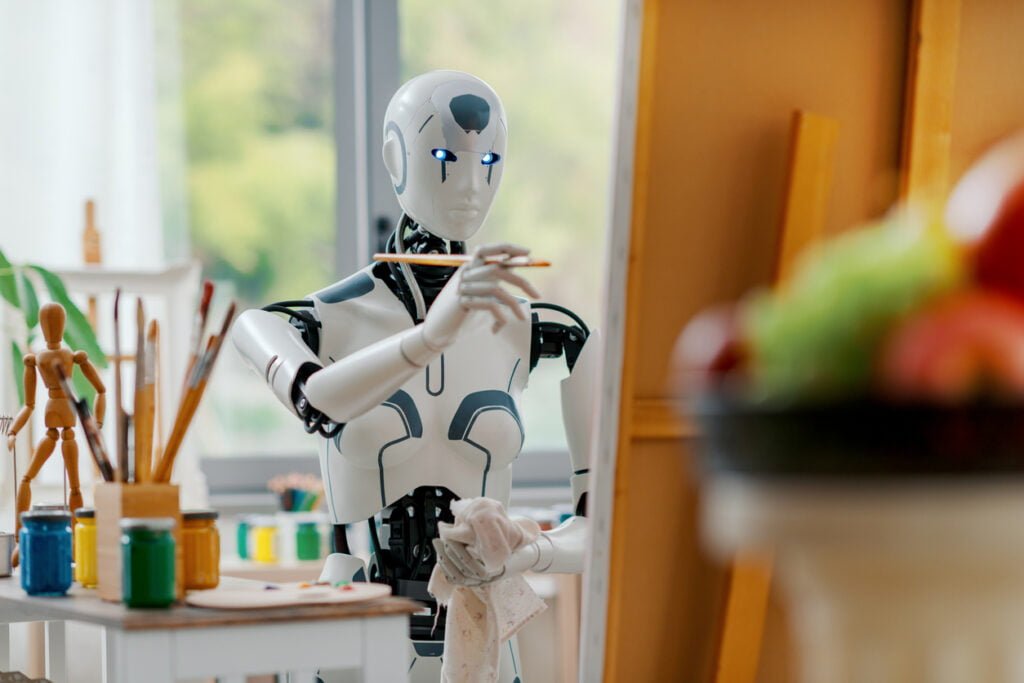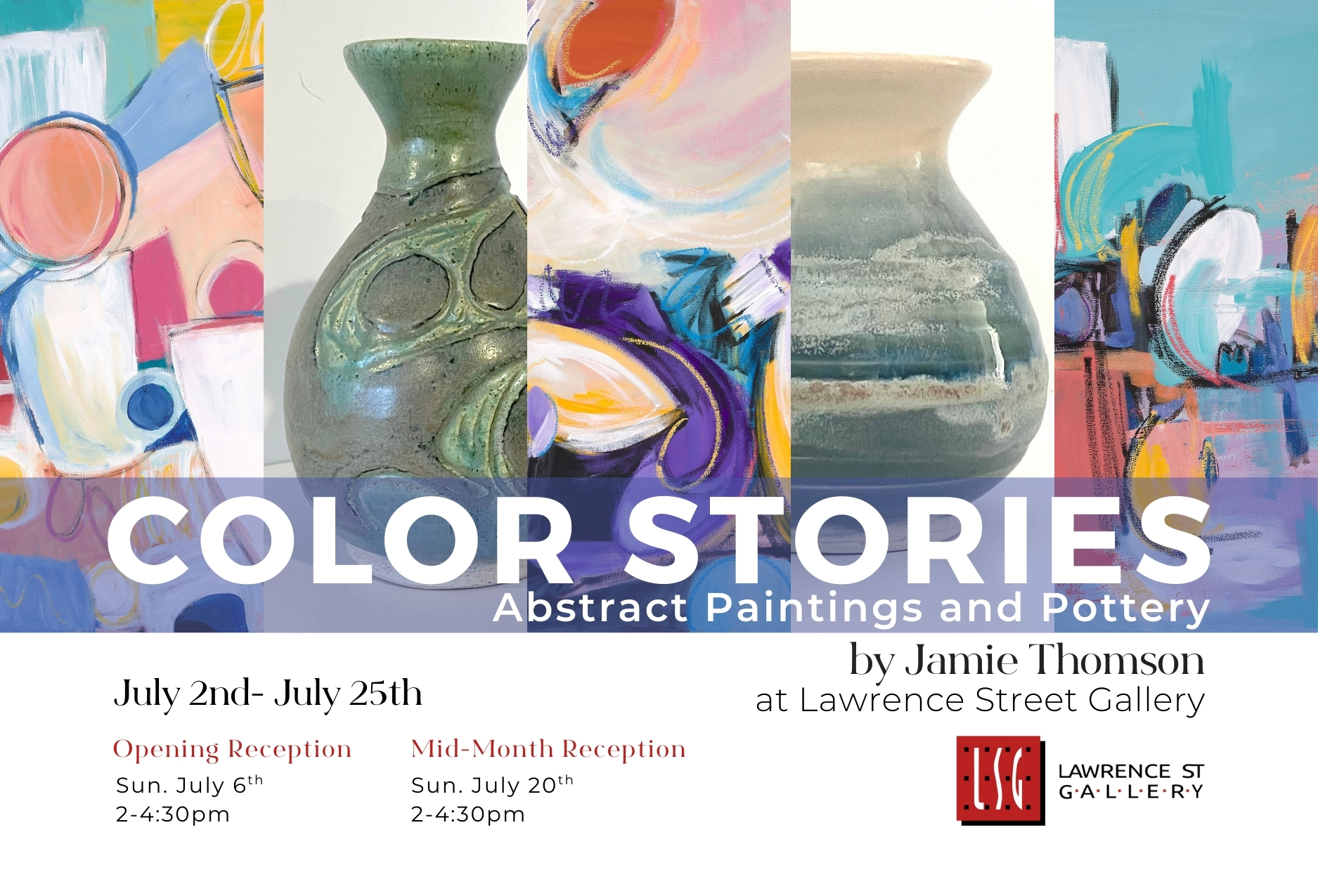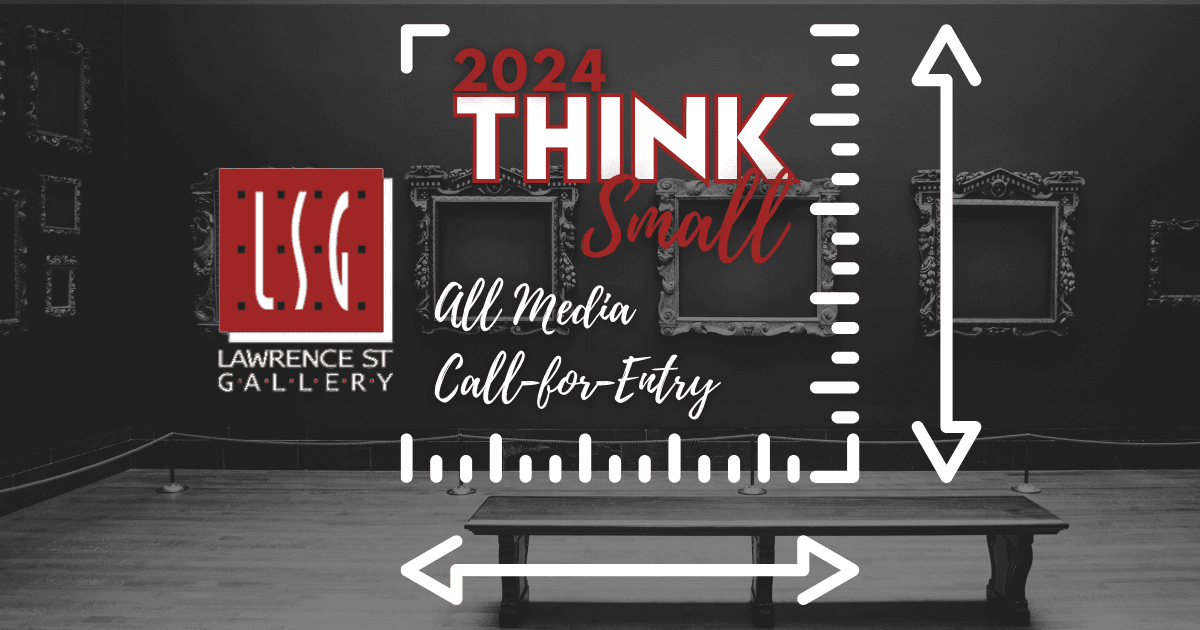I don’t often talk about much more than my work or events, but I think it’s time to branch out a bit!
Today, we’re exploring a deeply relevant topic at the crossroads of creativity and technology: the rise of artificial intelligence (AI) in the art world and the innovative tools being developed to protect artists’ rights.
The Rise of AI in Art
AI has been making waves in various industries, and the art world is no exception. Programs like Midjourney and DALL-E can create attractive and often stunning art pieces, but there’s a catch. These AI systems rely heavily on human-generated art to function. They learn from the works of countless artists, but the original creators often don’t see a dime for their contributions.
The Challenge for Artists
Imagine spending years honing your craft, only to have your work used by an AI to create new pieces without your permission or compensation. It’s a tough pill to swallow, and it’s a reality many artists are facing today. But fear not, because some brilliant minds are working on solutions to this problem.
Meet the Innovators: Ben Zhao and Heather Zheng
Background and Expertise
Enter Ben Zhao and Heather Zheng, computer scientists from the University of Chicago. These two are on a mission to protect artists from AI programs’ exploitation of their work. With their expertise in computer science and passion for art, they’ve developed two groundbreaking tools: Glaze and Nightshade.
The Birth of Glaze and Nightshade
Zhao and Zheng saw the challenges artists faced and decided to do something about it. They created Glaze and Nightshade, tools designed to act as a “poison pill” for AI systems, making it difficult for these programs to use copyrighted art without permission.
Understanding Glaze and Nightshade
What is Glaze?
Glaze is a tool that helps artists protect their work from being used by AI programs. But how does it work?
How Glaze Works
Glaze adds subtle changes to an artist’s work that are invisible to the human eye but can confuse AI systems. These changes make it difficult for AI to learn from the protected art, effectively safeguarding the artist’s creations.
Benefits for Artists
With Glaze, artists can share their work online without fear of it being exploited by AI. It’s a game-changer for the art community, providing a layer of previously unavailable protection.
What is Nightshade?
Nightshade is another tool developed by Zhao and Zheng, designed to protect artists’ work from AI exploitation.
How Nightshade Works
Similar to Glaze, Nightshade introduces subtle changes to an artist’s work. These changes are designed to confuse AI systems, making using the protected art difficult.
Benefits for Artists
Nightshade offers artists peace of mind, knowing that AI programs protect their work from unauthorized use. It’s a powerful tool in the fight to safeguard human creativity.
The Ethical Dilemma of AI-Generated Art
The Exploitation of Human Creativity
One of the most significant ethical issues with AI-generated art is the exploitation of human creativity. Artists spend years developing their skills, only to have their work used by AI without permission or compensation. It’s a serious problem that needs to be addressed.
The Need for Fair Compensation
Artists deserve compensation for their work, especially when it’s used to train AI systems. Tools like Glaze and Nightshade are a step in the right direction, but there’s still a long way to go in ensuring fair compensation for artists.
Legal Landscape of AI-Generated Art
Recent U.S. Court Rulings
The legal landscape of AI-generated art is still evolving, but some significant developments have occurred.
The Case of Stephen L. Thaler
In a recent case, Stephen L. Thaler sought copyright for an image generated by his AI. The court ruled that AI-generated art without human input cannot be copyrighted, emphasizing the necessity of human involvement in the creative process.
Implications for Artists
This ruling has significant implications for artists, reinforcing the importance of human creativity in the art world. It also highlights the need for legal frameworks to protect artists’ rights in the age of AI.
Global Perspectives
Different regions around the world are grappling with the issue of AI-generated art and copyright.
European Union’s Stance
The European Union has taken a cautious approach, emphasizing the need for human intervention and originality in the creative process to qualify for copyright protection.
China’s Approach
China, on the other hand, has granted rights to AI-generated works to the user of the AI software, unless there is a prior agreement. This approach highlights the varying perspectives on AI and copyright around the world.
The Role of Human Involvement in Art
The Necessity of the Human Touch
Art is inherently human. It’s a reflection of our emotions, experiences, and creativity. While AI can create impressive pieces, it lacks the human touch that makes art truly special.
Originality and Creativity
Originality and creativity are at the heart of art. AI can mimic styles and techniques, but it can’t replicate the unique perspective and creativity of a human artist. This is why human involvement is crucial in the art world.
Technological Impact on the Art World
Balancing Innovation and Rights
The development of tools like Glaze and Nightshade is a step towards balancing technological innovation with the rights of creators. It’s about finding a middle ground where technology can advance without exploiting human creativity.
Future Implications for Other Industries
The impact of these tools extends beyond the art world. They could set a precedent for other industries where AI is used to generate content, ensuring that creators’ rights are protected across the board.
Ethical Considerations and Solutions
Addressing Fairness and Intellectual Property
The ethical implications of AI in art are significant. Artists deserve recognition and compensation for their work, and tools like Glaze and Nightshade are crucial in addressing these concerns.
The Role of Glaze and Nightshade in Ethical AI
Glaze and Nightshade represent a proactive approach to ethical AI. They provide artists with mechanisms to protect their work, ensuring that AI systems can’t exploit their creativity without permission.
Conclusion
The Future of Art in the Age of AI
As AI continues to advance, the art world must adapt to protect the rights of creators. Tools like Glaze and Nightshade are a step in the right direction, but there’s still work to be done.
Ensuring Recognition and Compensation for Artists
In the end, it’s all about ensuring that artists receive the recognition and compensation they deserve. By developing and implementing tools to protect their work, we can create a future where technology and creativity coexist harmoniously.
Sources
- Futurity – Art Copyright and Artificial Intelligence
- U.S. Copyright Office – Compendium of U.S. Copyright Office Practices
- European Union Intellectual Property Office – AI and Copyright
- China National Intellectual Property Administration – AI and Copyright
- The Verge – AI Art and Copyright
- Ars Technica – Legal Battles Over AI-Generated Art
- TechCrunch – Protecting Artists from AI
- University of Chicago – Glaze and Nightshade






